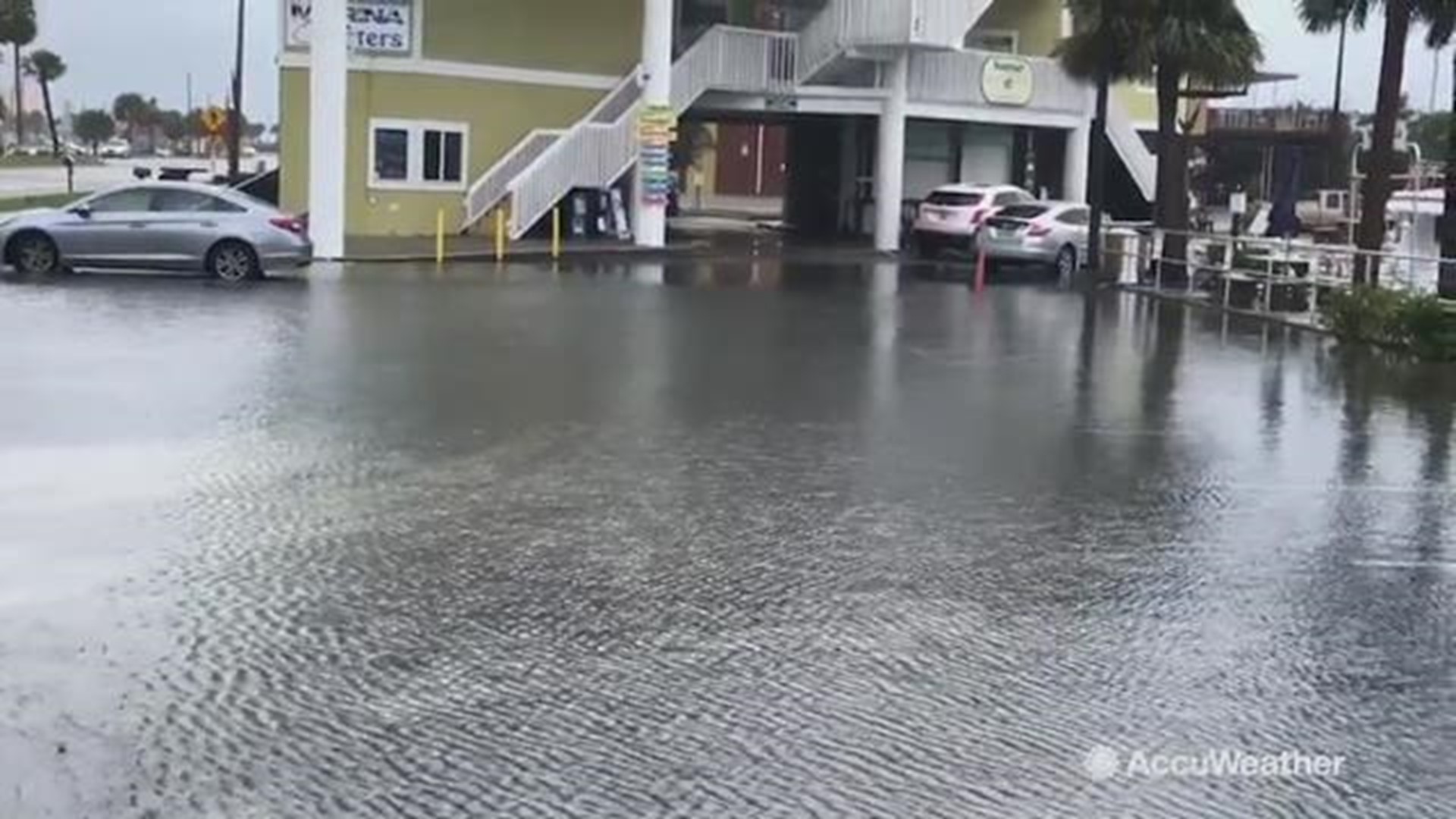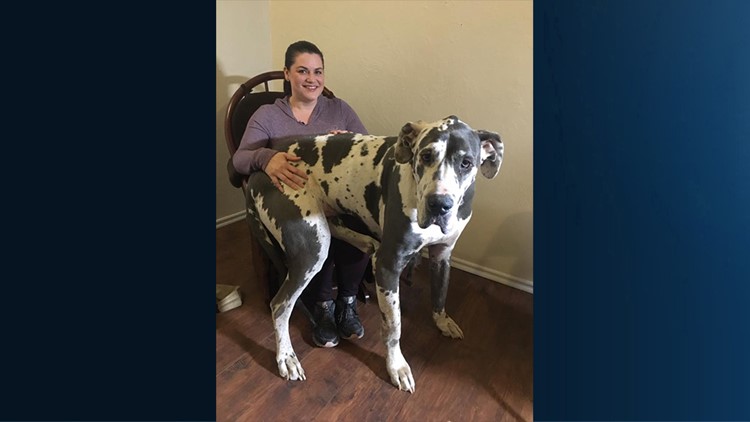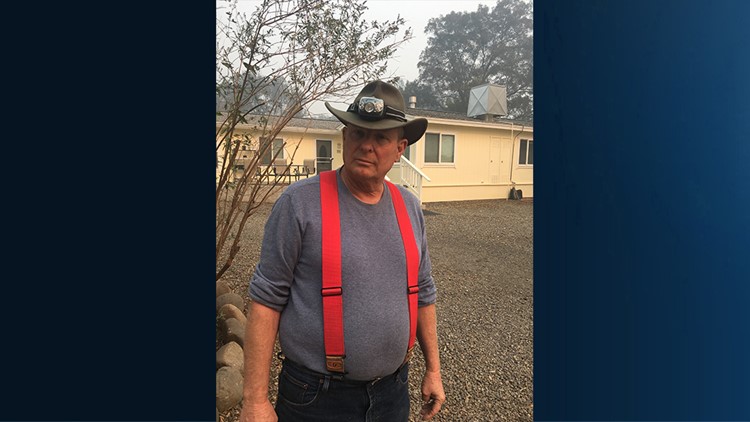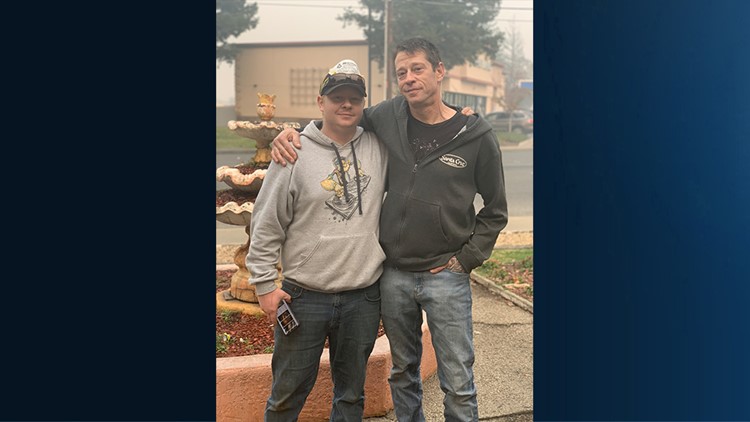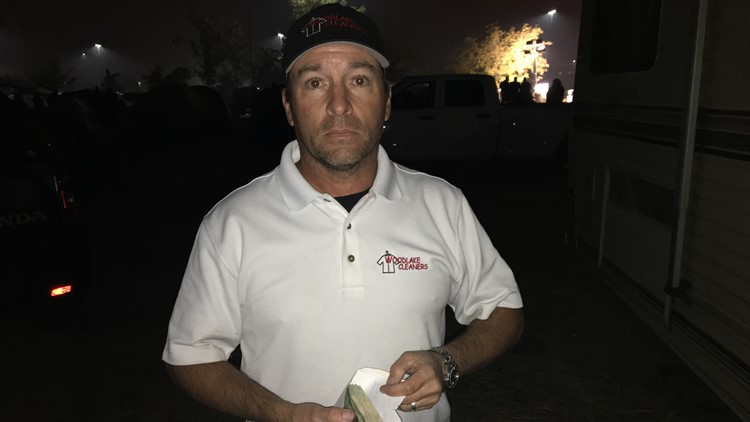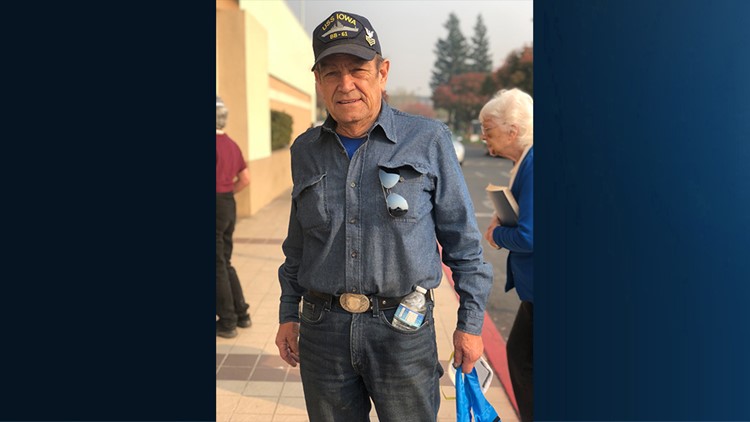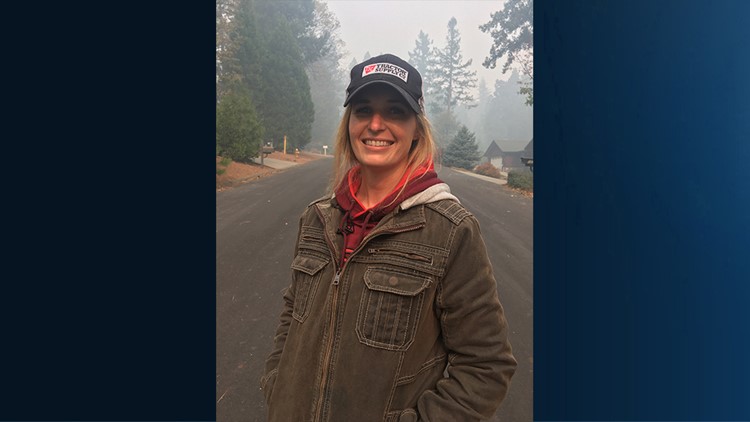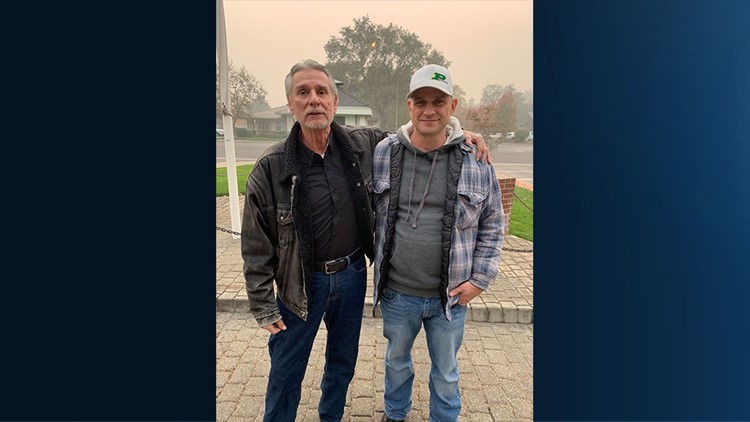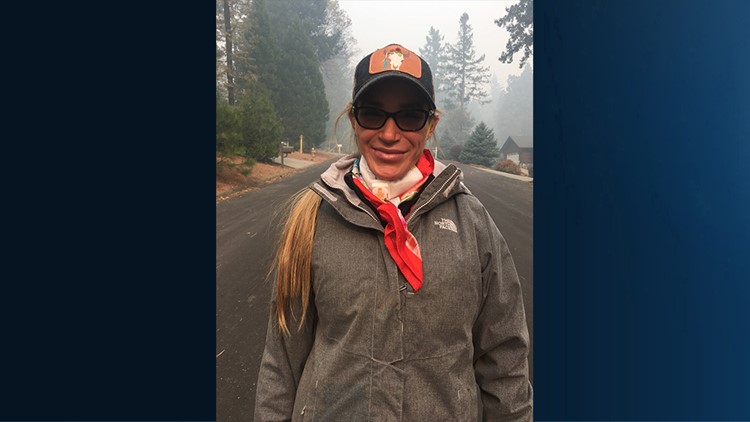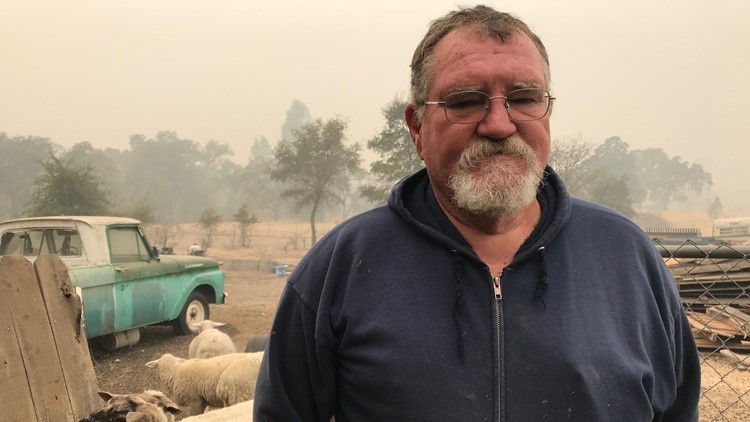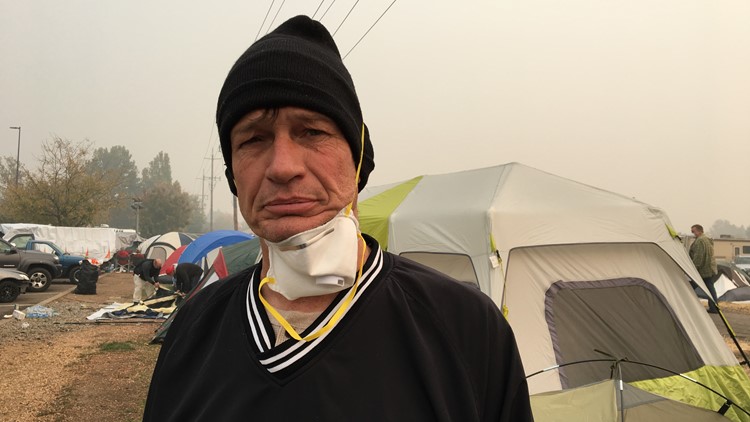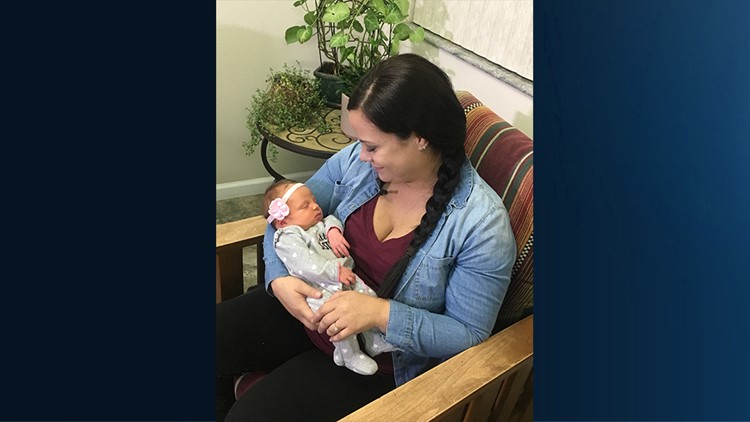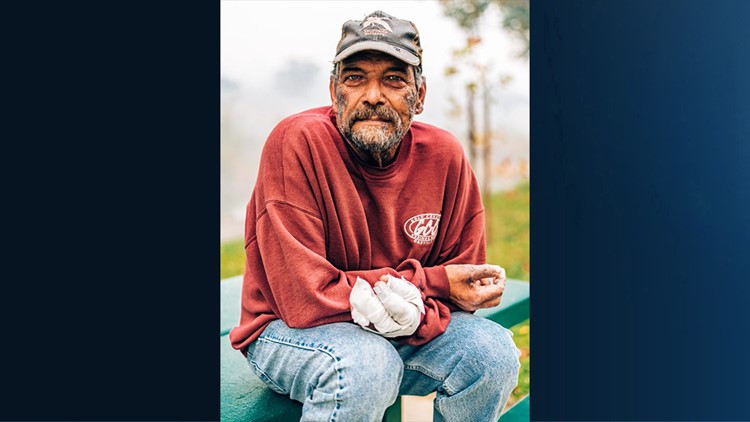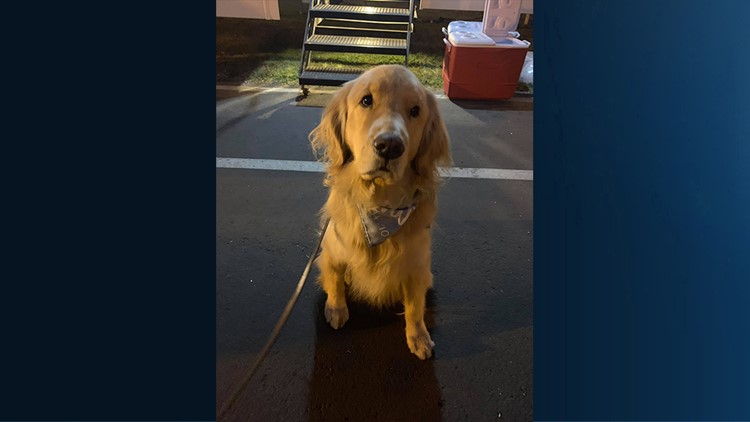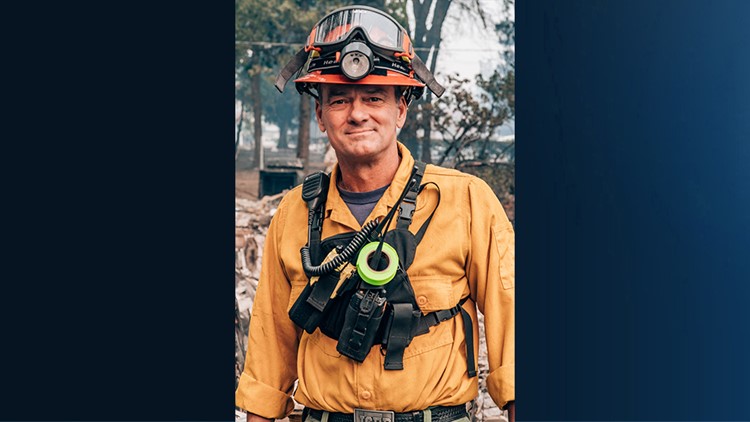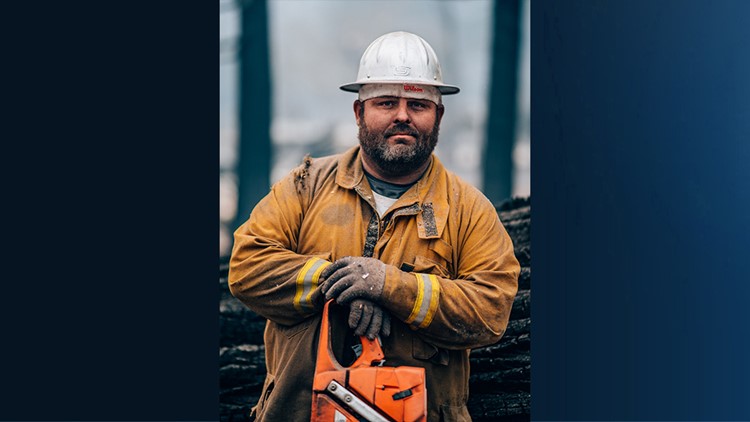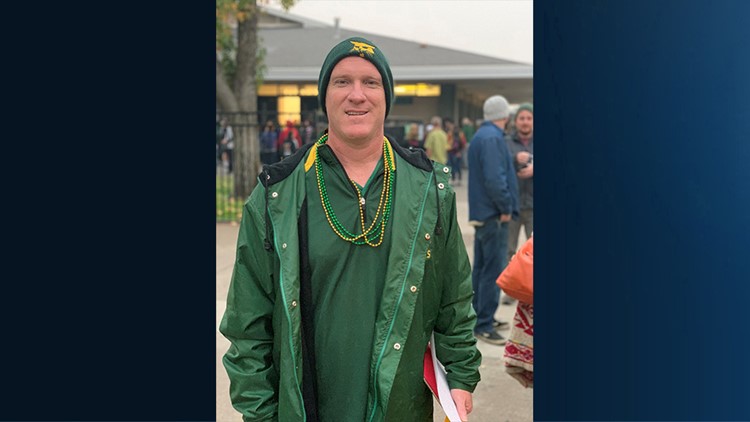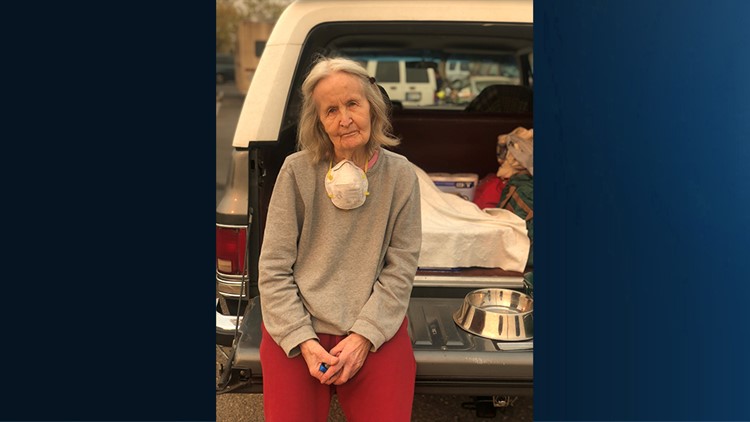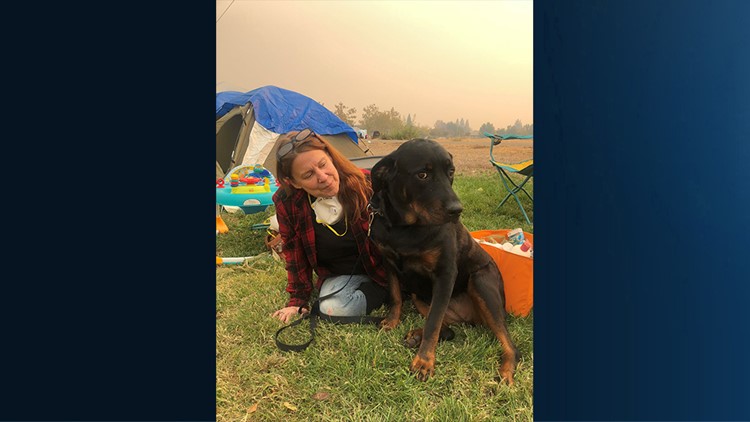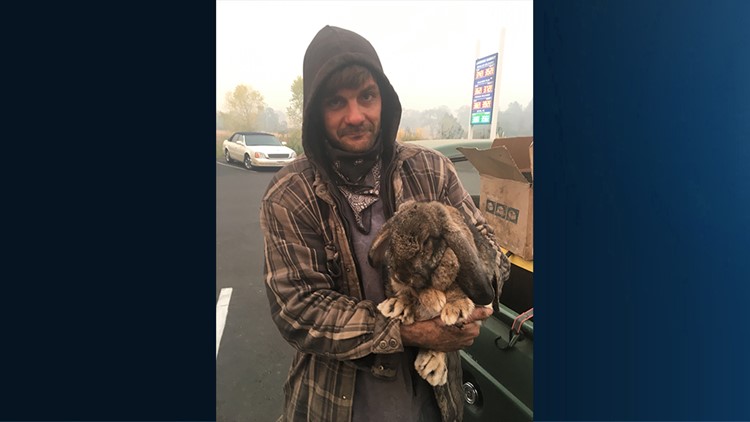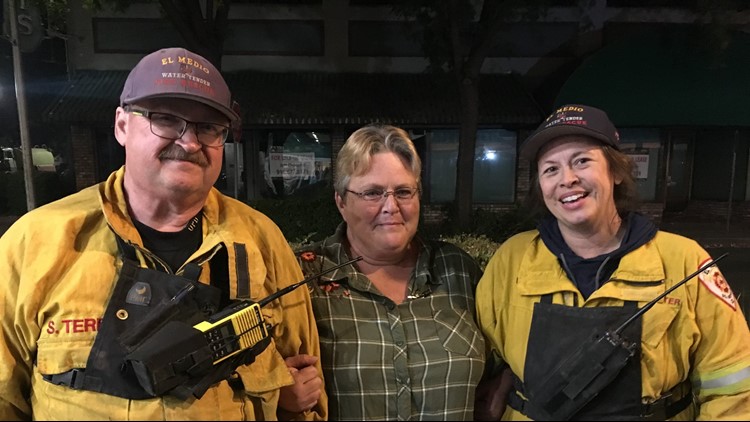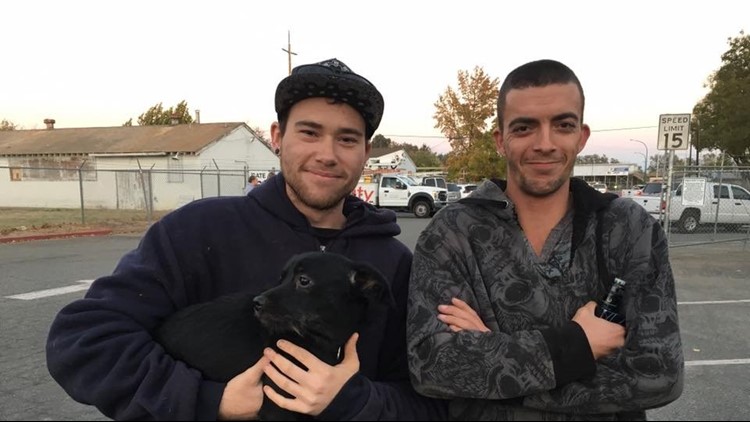If you're viewing on the ABC10 App, tap here for multimedia.
Wednesday’s forecast of rain might bring some much-needed relief to fire-swept areas of California, but it also raises concerns of flooding for both wildfire victims and residents in and around Sacramento
Areas ravaged by wildfires are vulnerable to flooding and dangerous mudslides. Without trees, plants, and brush which help soak up water, rainwater slides off slick, ash-covered soil. This water then rushes down hillsides, capturing anything in its path. Walls of moving water and debris can sweep away an entire house.
To make matters worse, climate change means more extreme weather: longer, drier droughts and more ferocious storms increase flood risks.
And yes, Sacramento is vulnerable to flooding.
In fact, the city is at risk of both riverine flooding and localized stormwater flooding. During the record flood of 1986, the nearby Folsom Dam exceeded its normal flood control storage capacity and several levees were close to collapsing under the strain of the storm. The catastrophe led to the creation of the Sacramento Area Flood Control Agency, which provides the Sacramento region with increased flood protection along the American and Sacramento Rivers.
Projects through other programs are also currently underway to protect the Sacramento region from floods. Earlier this year, the U.S. Army Corps of Engineers allocated $1.8 billion of federal funding to strengthen levees and raise the Folsom Dam. The money is also intended to be used to widen the Sacramento Weir, which acts as a safety valve to channel flood waters into the Yolo Bypass.
However, most of the projects are likely to take between five and seven years to finish, and for some projects, construction has not yet started, leaving Sacramento exposed to rising waters in the meantime. Find out if your area is at risk using this website, which uses your address to map out flood risk zones, by clicking here.
In light of Wednesday’s weather forecast and the vulnerability of the Sacramento community and those affected by wildfires, here are some flood safety tips which can help prepare you and your family for an emergency situation.
Camp Fire: Faces of the Fire
Flood Safety Tips
Before the Flood
- Typically, property insurance does not cover flood damage! Your property insurance (including renter's insurance) may not cover flood damage. Talk to your insurance provider about your policy and consider if you need additional coverage.
- Prepare your home. Raise your furnace, water heater, and electric panel to a floor that is less likely to be flooded. Install check valves in plumbing to prevent flood water from backing up into drains of your home. Seal walls in basements with waterproofing compounds.
- Have an evacuation plan. Know and follow recommended evacuation routes. Plan places where your family will meet, both within and outside of your immediate neighborhood. Identify several places you could go to in an emergency--a friend or family home in another town, a motel, or public shelter.
- Prepare a basic emergency kit. Items you’ll want to include are water (at least one gallon per person per day), nonperishable food (enough for everyone in your household for at least three days), a manual can opener, a first aid kit, personal sanitation supplies, necessary medications, a flashlight, money and important documents. A more extensive list, created by the United States Marines Corps, can be found here.
- Be prepared to evacuate, period. In this case, there is no such thing as over-preparing. If you have a car, fill the gas tank in case you must evacuate. If you do not have a car, plan alternate means of evacuating. Create an emergency preparedness kit, gather important items and documents, and pack essential items for a quick evacuation.
- Use sandbags when flooding is expected. It takes two people about one hour to fill and place 100 sandbags, creating a wall one foot high and 20 feet long, so it is best to start early.
In Case of an Evacuation
- Stay out of flood waters. The water may be contaminated or electrically charged.
- Stay informed. Listen to NOAA Weather Radio, watch TV, listen to the radio or check the Internet often for official news and instructions as they become available.
- Do not walk through moving water. What might seem like a small amount of moving water can easily knock you down. If you must walk through flood water, look for areas where the water is not moving.
- Never try to drive through flooded areas. Just two feet of rushing water can carry away most vehicles, including SUVs and pickup trucks. Even if vehicles in front of you have passed through the high water, you may not be so lucky.
- Seek higher ground immediately if there is a flash flood warning in your area. A flash flood warning in your area means a flash flood is occurring at that very moment. Get to higher ground immediately.
- Take care of your pets. Plan how you will care for your pets in an emergency. Take your pets with you but understand that only service animals may be permitted in public shelters.
- Stay away from downed power lines. Downed power lines are extremely dangerous and could cause a fatal electric shock or electrocution.
- Do not return to your home until local authorities say it is safe. Even after flood waters recede, roads may be weakened and could collapse. Buildings may be unstable, and drinking water may be contaminated.
For more info, Camp Fire: With rain on the way, ash flows possible in Paradise

